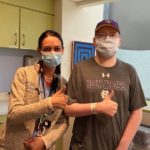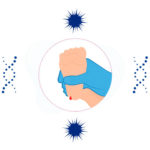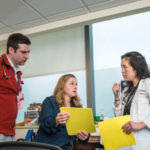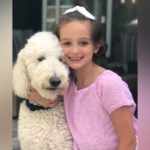After retinoblastoma, Finn ‘keeps on showing us what he can do’
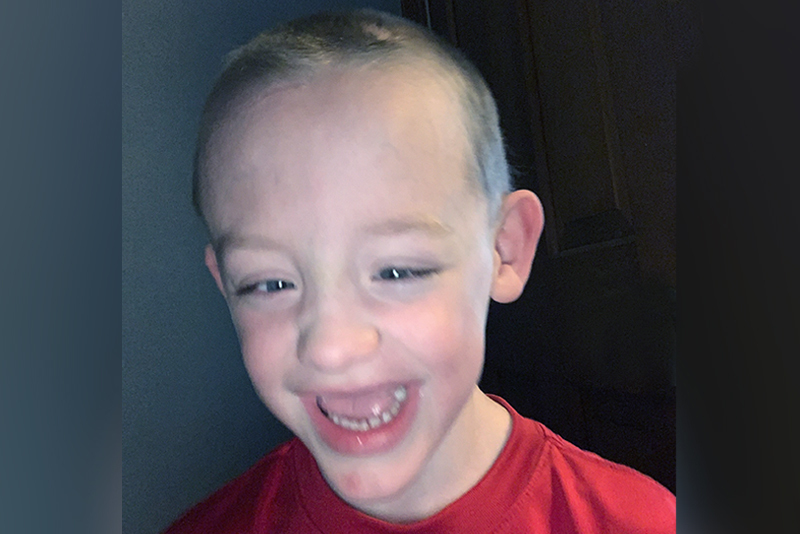
Six-year-old Finn Carlson “isn’t afraid of anything,” says his mother, Shannon. Whether he’s playing with firetrucks, chasing after his twin, Mack, or riding the tractor on his grandparents’ dairy farm, he’s always up for an adventure. His fearless, free-spirited attitude is even more impressive considering the challenges he’s faced.
Born at just 24 weeks, Finn and Mack had been screened for various conditions related to their early birth, including an eye disease called retinopathy of prematurity, which can lead to blindness. But when Finn was only 34 weeks old, the screening revealed an unexpected concern: retinoblastoma, a rare type of childhood eye cancer.
“I couldn’t believe it and had so many questions,” says Shannon. “‘What is that? Are you sure? How could this happen?’”
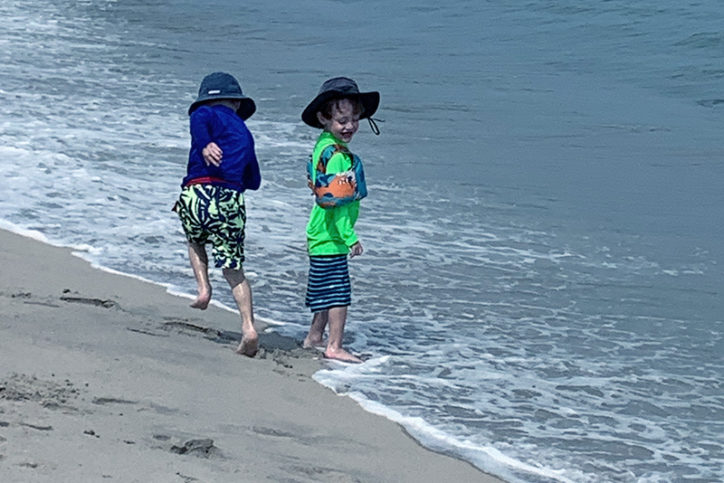
The right team for a long journey
While Dr. Deborah VanderVeen, an ophthalmologist in Boston Children’s Ocular Oncology Center, confirmed that she was sure of the diagnosis, she reassured Shannon that she and her husband, Tim, wouldn’t have to face it alone. “She said, ‘Yes, I’m sure. And we have a whole team to help Finn,’” remembers Shannon.
In fact, the Carlsons soon met a “huge group of people,” including the center’s co-director, pediatric oncologist Dr. Junne Kamihara. “I don’t remember a lot about that day,” admits Shannon. “But I remember that Dr. Kamihara told me that we would be like family and that she would come to Finn’s high school graduation someday. I didn’t know a lot about the journey we were about to go on, but I knew we had the right people on our side.”
Chemotherapy for retinoblastoma
That journey included attempts to treat the retinoblastoma with lasers and cryotherapy. When those approaches were insufficient, the team determined that the best course of action would be chemotherapy to help shrink the tumors. When Finn was about 4 months old, he began chemo with the Dana-Farber/Boston Children’s Cancer and Blood Disorders Center. Then, just as the cancer was eradicated in one eye, it appeared in his other — and treatment now had to be given to the other eye as well, all before Finn’s second birthday.
Today, Finn is cancer free, although he still copes with other challenges, including epilepsy. When he visits Boston Children’s, “his old doctors and nurses still recognize him and stop to say ‘hi’,” says Shannon. With some peripheral vision in his right eye, he uses a cane to help navigate crowds, but overall, his function is “amazing.”
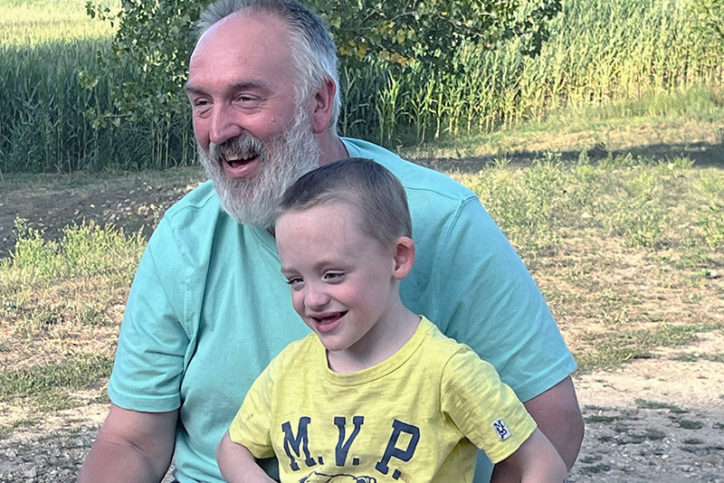
Exceeding expectations
When Shannon watches Finn playing, singing, and dancing, she recalls a warning from a doctor at his birth hospital. “They told us that he would probably never be able to walk or talk.” But when Shannon confessed her fears to Dr. Kamihara, her response was one of hope: “Don’t listen to anybody — let Finn show you what he’s capable of.”
Right before he turned 3, Finn started walking. “I brought him to clinic and had him walk in by himself,” says Shannon. “Everyone started cheering — it was a spectacular day.”
Now, three years later, Finn continues to beat the odds and exceed expectations. “He just keeps showing us what he can do.”
Learn more about the Ocular Oncology Center.
Related Posts :
-

Cancer won’t stop me, and neither will COVID-19
Most people my age look at COVID-19 as a burden on their everyday lives of seeing friends, hanging out, and ...
-

Newborn genetic screening for pediatric cancer risk could save lives
Numerous genetic mutations increase children’s risk for various cancers. When they are detected early, cancers can potentially be caught ...
-

Which genetic syndromes can increase a child’s risk of cancer?
Inherited cancers account for at least 5 to 10 percent of all pediatric cancers. The same advances in technology that have enabled ...
-

Fighting for answers: Innovative approach to epilepsy helps Emma thrive
As a nurse, Lynda Coto was used to solving problems — until she was faced with her own daughter’s ...


